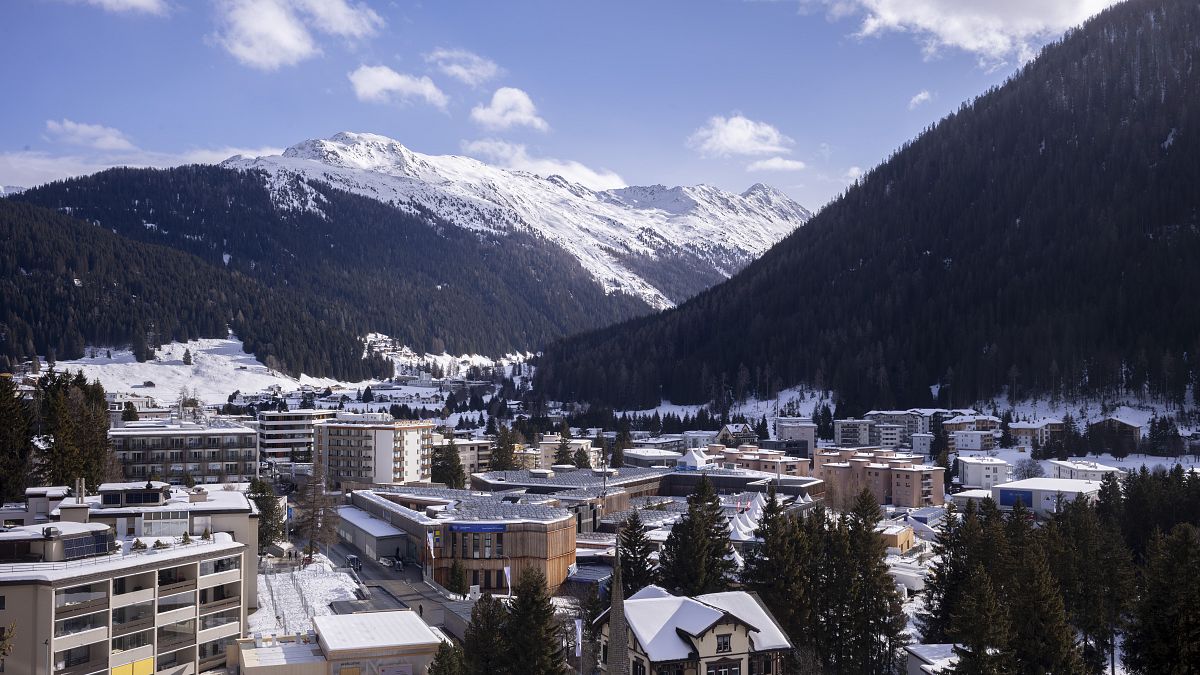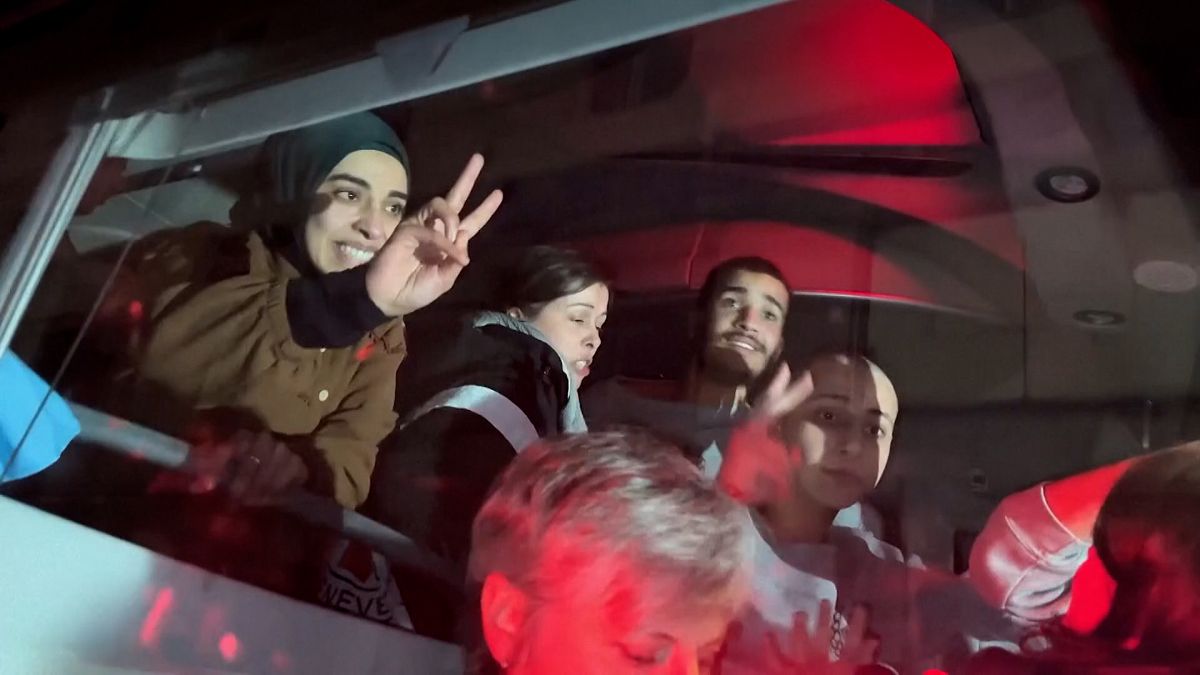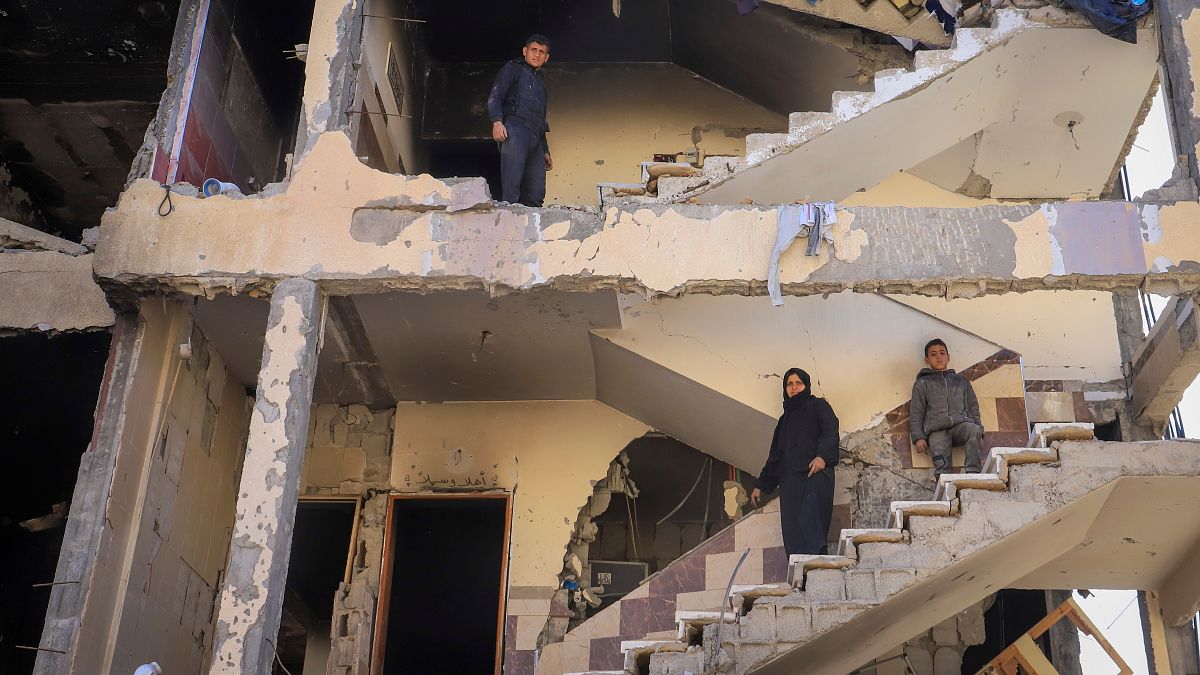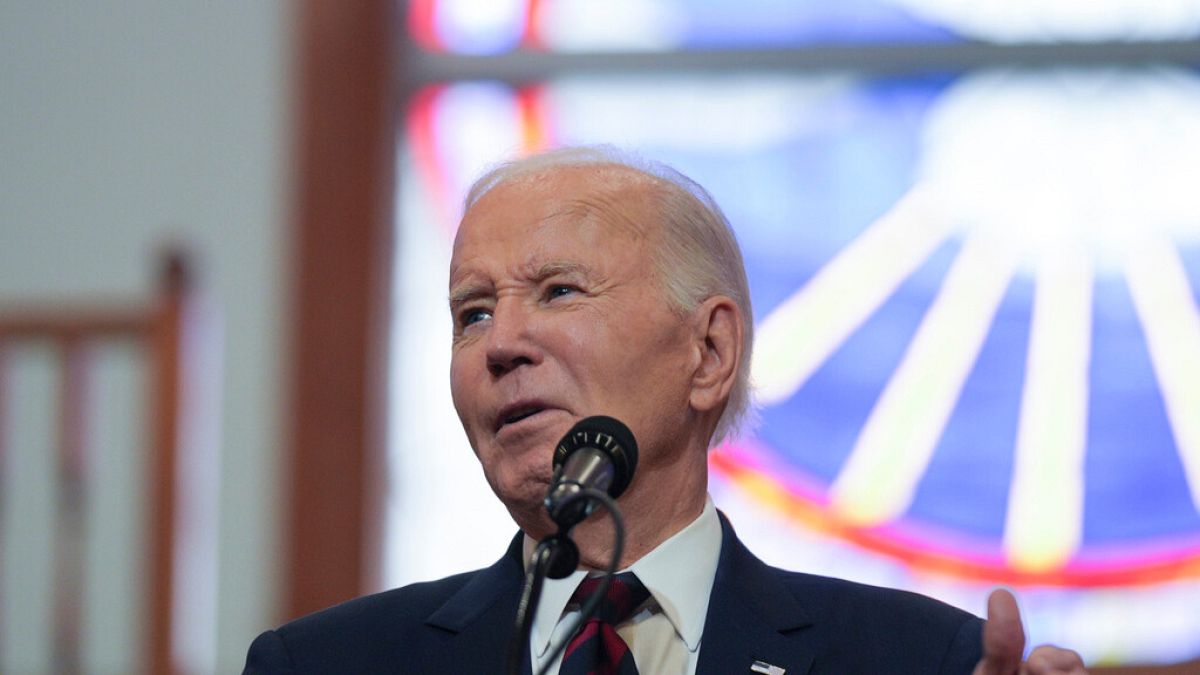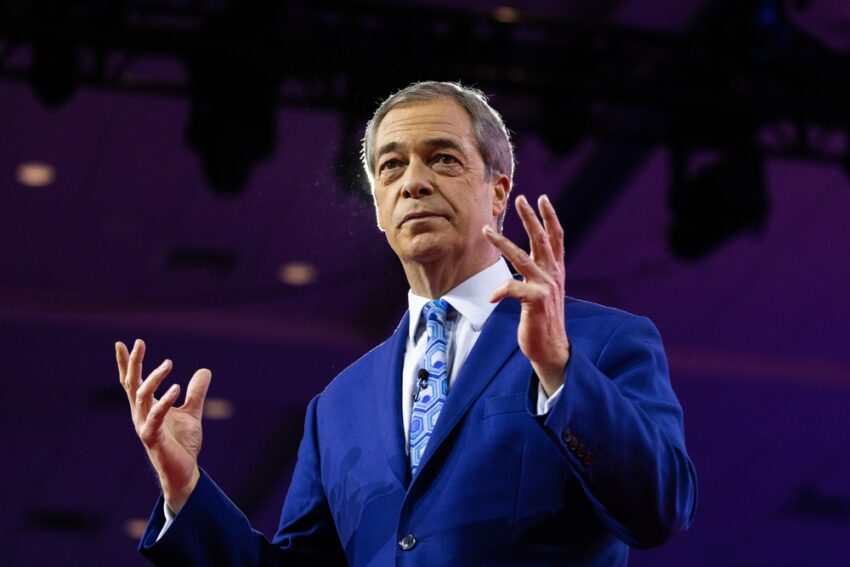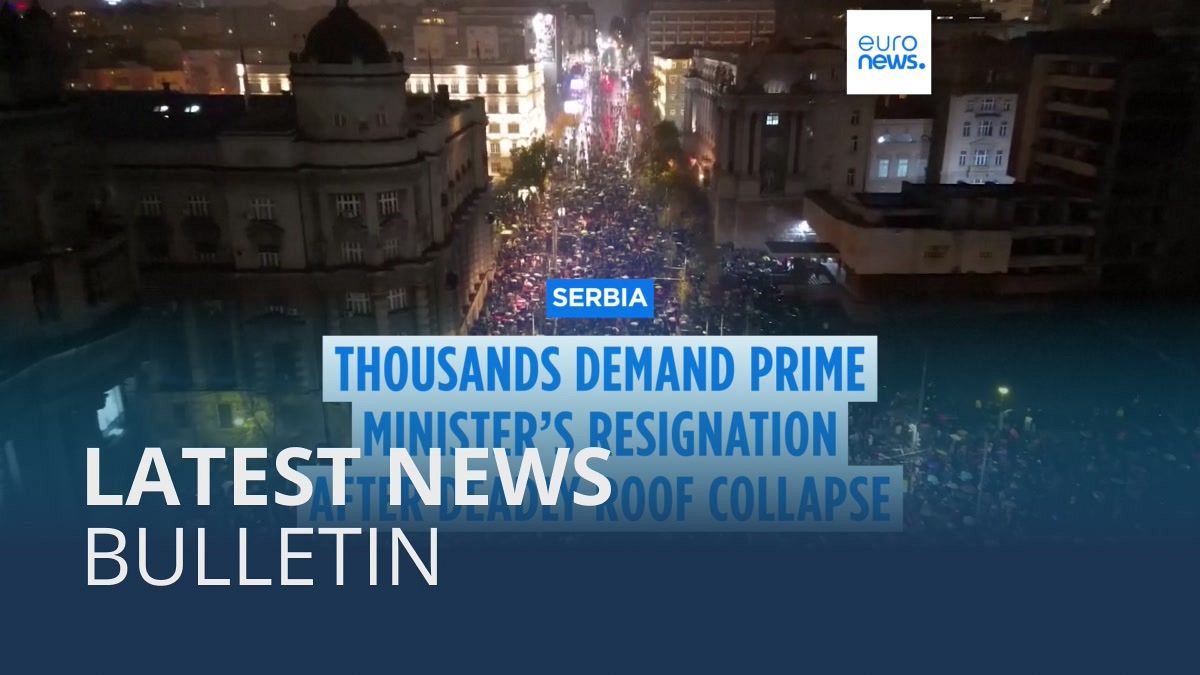Israel ‘methodically destroying’ Gaza, say health workers
Visiting doctors share eyewitness accounts after a U.N. inquiry accused Israel of war crimes by targeting Gaza's health system.
LONDON — Of all the horrors that Manchester-based surgeon Ammar Darwish has seen in Gaza, one of the very worst is the trauma a year of Israeli bombardment has inflicted on the children. “It will go to their kids and to their grandkids … it does not go away,” he told POLITICO.
On the wards of Gaza’s hospitals, Darwish saw children shivering at the sound of jets overhead. They know what that sound means. Gaza is a city of children — they make up nearly half of its population — and for more than a year, Israel has bombed it relentlessly.
Visiting health workers are among the few outsiders who are able to offer eyewitness testimony from Gaza. Israel has mostly shut foreign press out of Gaza and carefully controls film crews and foreign correspondents allowed entry embedded with the Israel Defense Forces (IDF) for brief tours.
Shortly after the publication of a United Nations-backed investigation, which accused the Israeli military of war crimes in Gaza, POLITICO spoke with four United Kingdom-based health workers who had recently returned from trips to Nasser Hospital in southern Gaza organized by British charity Medical Aid for Palestinians (MAP). They all highlighted the resilience of Gazans and the local medical staff, but underlined the deepening of exhaustion and desperation.
On Oct. 30, the U.N. Independent Commission presented its report to the U.N. General Assembly on human rights abuses in Israel and Palestine. The commission told the assembly that Israel has pursued a concerted policy to wreck Gaza’s health care system: a war crime. The report itself concluded that Israeli security forces have deliberately killed, wounded, arrested, detained, mistreated and tortured health workers, alleging war crimes and the crime against humanity of extermination. The commission also investigated the treatment of Israeli hostages held in Gaza since Oct. 7, 2023, and alleged both Israeli and Palestinian armed groups have been responsible for torture, sexual- and gender-based violence.
Israel said the findings were “outrageous,” accusing U.N. investigators of bias and seeking to “delegitimize the very existence of the State of Israel and obstruct its right to protect its population.” Israel has consistently claimed that the Palestinian armed group Hamas uses hospitals for military purposes, which Hamas and visiting doctors speaking to POLITICO denied. The IDF published videos of what Israeli intelligence says are Hamas tunnels dug underneath Al-Shifa Hospital.
The IDF told POLITICO the evidence of Hamas using medical infrastructure was “overwhelming and irrefutable.” It cited videos purporting to be confessions by captured militants and photos of guns found in medical facilities. Some media have challenged the veracity of Israeli claims on the matter, suggesting Israeli military may have manipulated the scene at Al-Shifa hours before journalists were allowed in. Israel has denied it.
Observers, meanwhile, point to the civilian death toll of Israel’s strikes. Oxfam said Israel had killed more women and children in Gaza in a year than any other conflict in the past two decades.
“There’s this methodical destruction of the population on so many levels,” Tahseen Qureshi, a consultant surgeon at University Hospitals Dorset who has been to Gaza twice this year, told POLITICO.
‘Everyone … is malnourished’
Ana Jeelani, an orthopedic surgeon in Liverpool, first went to Gaza in March via the Rafah Crossing with Egypt. During her first trip, Rafah was crowded, its population swollen by Palestinians displaced from other parts of the Gaza Strip. “There were lights, there were buildings, there was life. I saw children on a little swing outside,” Jeelani recalls.
On her return in September, there was little remaining of the town she said. “I didn’t even recognize Rafah. It was silent … it was just a lot of rubble, a lot of dust, there were no people.”
Jeelani spent her second mission at Nasser Hospital from Sep. 13 to Oct. 8, working alongside Qureshi. Like all of the doctors POLITICO spoke to, she said basic necessities — even sterile gloves, gauzes, gowns — were unavailable. Israel has starved Gaza’s health system of basic health supplies, they said. All four health workers said they were under tight restrictions on what they could take and were allowed to bring only enough food and supplies — even soap — for personal use.

Israel’s office for the Coordination of Government Activities in the Territories (COGAT) told POLITICO it was “false” to claim Israel restricted medical aid and that 27,257 metric tons of medical equipment had entered Gaza since the war began. COGAT also said it allowed the entry of “dual-use equipment” pending security approval. U.N. agencies, nongovernmental organizations, and Israel’s allies such as the U.K. state, however, that Gaza faces critical shortages of medical supplies while growing numbers of aid trucks are refused entry.
Nizam Mamode, a London-based transplant surgeon, worked at Nasser Hospital from Aug. 13 to Sep. 10. Mamode described the scene inside the hospital as “beyond comprehension;” the staff overwhelmed by one to two mass-casualty incidents a day. Little around the site is left standing, he said. There’s a school next door sheltering thousands of displaced people. “Every time I hear of a school that’s been bombed, I just hope it’s not that school,” Mamode said.
Schools, like other types of civilian infrastructure, are frequent Israeli targets, the U.N. says. UNICEF estimated in August that more than 76 percent of schools in Gaza required full or near-total reconstruction. Israel consistently says it has to target schools because Hamas uses them as hubs and command centers — a claim denied by Hamas.
Mamode said most of the victims he treated were women and children. Qureshi estimated the number of women and children they treated to be between 70 and 80 percent.
Without the most basic and sterile equipment, there was little these highly specialized doctors could do for many of the wounded. “It was overwhelming, the number we couldn’t help,” regrets Mamode.
Darwish, who has considerable experience working in war zones, told POLITICO postoperative recovery is hampered by high levels of malnutrition. “Everyone there has either lost weight or [is] malnourished,” including local doctors, he said. Adults tend to be the most malnourished, Darwish adds. What little food they secure, they give to their children. Earlier this month, U.N. food rights expert Michael Fakhri told governments they had failed to act on warnings of famine and genocide against the Palestinians.
For many of the victims, the most the doctors could do for their patients was to be attentive and show solidarity. “A large part of the reason for being there was really about standing next to the Palestinians,” Mamode said. “I think it was really important for them to see that people actually cared.”
The siege of Nasser
Nasser is one of the most important hospitals in Gaza. “We cannot lose that hospital,” Rik Peeperkorn, the World Health Organization’s (WHO) envoy for the Palestinian territories, warned ahead of an Israeli strike that put the hospital out of operation in February. Israel claimed it apprehended more than 100 Hamas soldiers and avoided harm to medical staff or patients.
Qureshi stayed there “24/7” on his first trip in January with Darwish, weeks before Israeli troops entered. Neither witnessed any signs of Hamas military activity at Nasser, nor did Jeelani and Mamode on their later visits.
Qureshi and his team were forced to flee Nasser in January, after a night of intense fighting around the site that he described as “probably the scariest” of his life. The next day, for the first time on their visit, the MAP team availed themselves of a safe house on the edge of town. “We said we need to go back … just to gather our thoughts and refresh ourselves,” Qureshi said.
The safe house was carefully selected — a residential compound built on sand, with no tunnels underneath, Qureshi said. It housed the staff of MAP and the International Rescue Committee, who provided the coordinates to the Israeli military.
At 6 a.m. the following morning, an Israeli airstrike hit the safe house. “The ceiling fell in, the windows came off the panes,” Qureshi said. There were no fatalities, with one of the doctors sustaining only minor injuries — the team was mostly concerned for two children who were staying in the house, he added.

Israel has provided multiple and contradictory explanations for what happened, alternatively denying responsibility and admitting a mistake. The IDF told POLITICO it didn’t have enough details to comment on the strike.
Israeli troops occupied Nasser Hospital until April. After they left, Palestinian authorities reported the discovery of a mass grave outside Nasser containing more than 300 bodies. Jeelani shared a photograph of the site taken from a balcony at the back of the hospital. Palestinian officials say hospital staff buried at least 150 people in two burial pits on the grounds in January out of necessity and accused Israel of being behind a third grave discovered after their forces left. Israel has denied digging new graves, saying it only exhumed and reburied the remains of people already buried on the hospital grounds before they arrived.
But U.N. authorities and NGOs, including MAP, have called for an independent investigation into potential Israeli war crimes. The bodies reportedly included those of women, children and the elderly; others had their hands tied.
All four of the doctors said they hope to return to Gaza. It’s unclear yet whether that will be possible. According to the WHO, Israel has blocked further access to eight health NGOs providing emergency medical care in Gaza. MAP is not among them. COGAT told POLITICO it had allowed 1,000 doctors and aid workers into Gaza in recent months.
The most difficult feelings arose when it was time to leave, Jeelani said. “I get to England, I switch on the news and I don’t know how this doesn’t remain top of the agenda. What is happening is a full-blown ethnic cleansing,” she said. U.N. leaders and experts have warned Israel’s actions amount to genocide and ethnic cleansing against the Palestinians.
Israel and the IDF deny a deliberate policy of eliminating the Palestinian population. Senior Israeli leaders, however, have called for the settlement of Gaza and Palestinian emigration.
“[The Palestinians in Gaza] have a sadness and trauma that is so deep within them,” Jeelani said. “I don’t know how they heal from it. I don’t know how we heal from it.”
What's Your Reaction?








